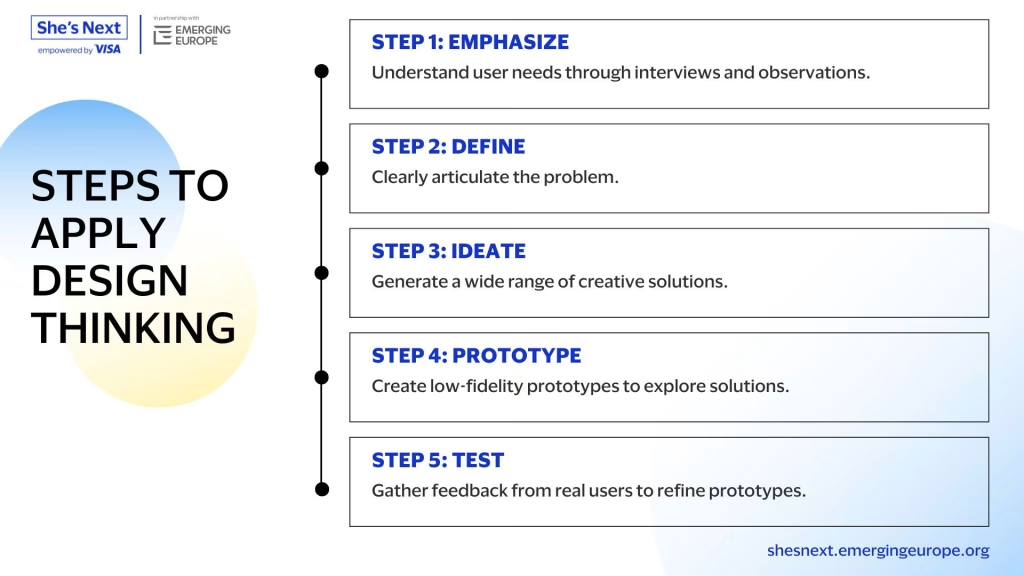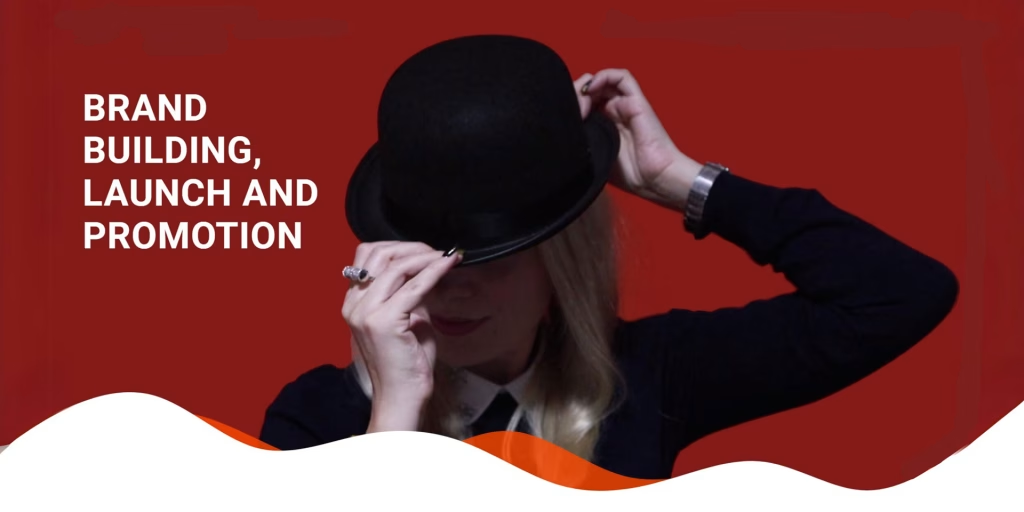
How to Use Design Thinking for Business Solutions: A Step-by-Step Guide
Design thinking is a powerful methodology for solving complex business problems. It focuses on understanding user needs, fostering creativity, and iterative problem-solving.
This article will provide actionable steps to apply design thinking for innovative business solutions that cater to your unique audience.
Understanding Design Thinking
Design thinking is a problem-solving approach that prioritises empathy, ideation, prototyping, and testing. It encourages a deep understanding of the user’s experience and needs, leading to innovative and effective solutions.
Benefits include fostering creativity, developing user-centred solutions, and enabling iterative improvements.
For illustrative purposes, we will use the example of a travel agency.
Preparing for a Design Thinking Process
Set Clear Objectives
Define the purpose and goals of your design thinking process.
Write a clear and concise objective statement, such as, ‘Our goal is to develop a seamless online booking system for our customers’.
Assemble a Cross-Functional Team
Gather a team with diverse skills and perspectives. It is important to include members from different departments, so you could invite team members from IT, customer service, marketing, and operations.
Create a Collaborative Environment
Ensure a space that encourages creativity and collaboration.
Arrange a workspace with necessary tools and supplies, such as whiteboards, sticky notes, markers, and comfortable seating.
Steps to Apply Design Thinking
Empathise
Understand the needs and challenges of end users. Conduct interviews, surveys, and observations to gather user insights.
The travel agency could, for example, interview frequent travellers to understand their pain points with current booking systems and gather their preferences for a new system.
Define
Clearly articulate the problem to be solved. Synthesize user research to define a clear problem statement.
In our travel agency example, they could define the problem as, ‘customers find our current booking system too complicated, leading to high abandonment rates’.








Responses